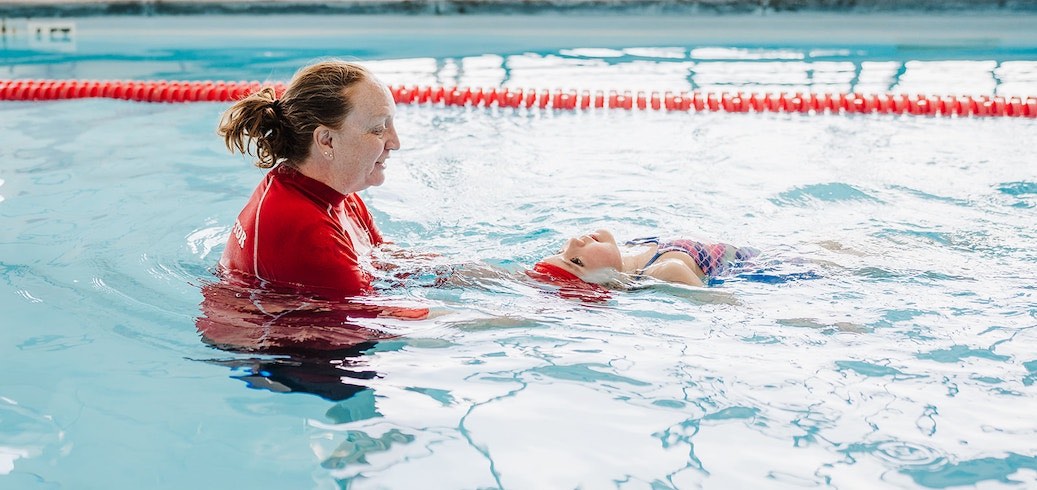
According to the Centers for Disease Control and Prevention, drowning is the leading cause of accidental death for children ages 1-14, with children ages 1-4 at the highest risk. Fortunately, most drownings are preventable with the necessary water survival skills!
Survival swimming teaches the basics of floating and breathing for an extended time. In an emergency, it’s these skills that allow a distressed swimmer to breathe without obstruction or difficulty, and yell out for help if they are unable to swim to safety or rest until they’re able to resume swimming.
Here are five of the most crucial skills:
We have over 40 years of experience teaching swimmers from age 3-months to adults.
Our curriculum focuses on survival skills first before progressing to stroke techniques. Why? Our swimmers must have the skills to survive in the water before we teach them to swim. A strong baseline of water survival skills builds the foundation for safety!
We continue to incorporate and reinforce survival skills as swimmers advance through our program and progress to more advanced lesson levels. Doing so ensures that their survival skills stay sharp, and safety is always at the forefront!
Not sure what lesson is best suited for you or your loved ones or have another question?
Contact us today to start a conversation!
By checking this box you agree to receive recurring, automated marketing text messages from British Swim School at the mobile number provided. Reply HELP for help and STOP to cancel. Msg frequency varies. Msg & data rates may apply. View Terms & Privacy.